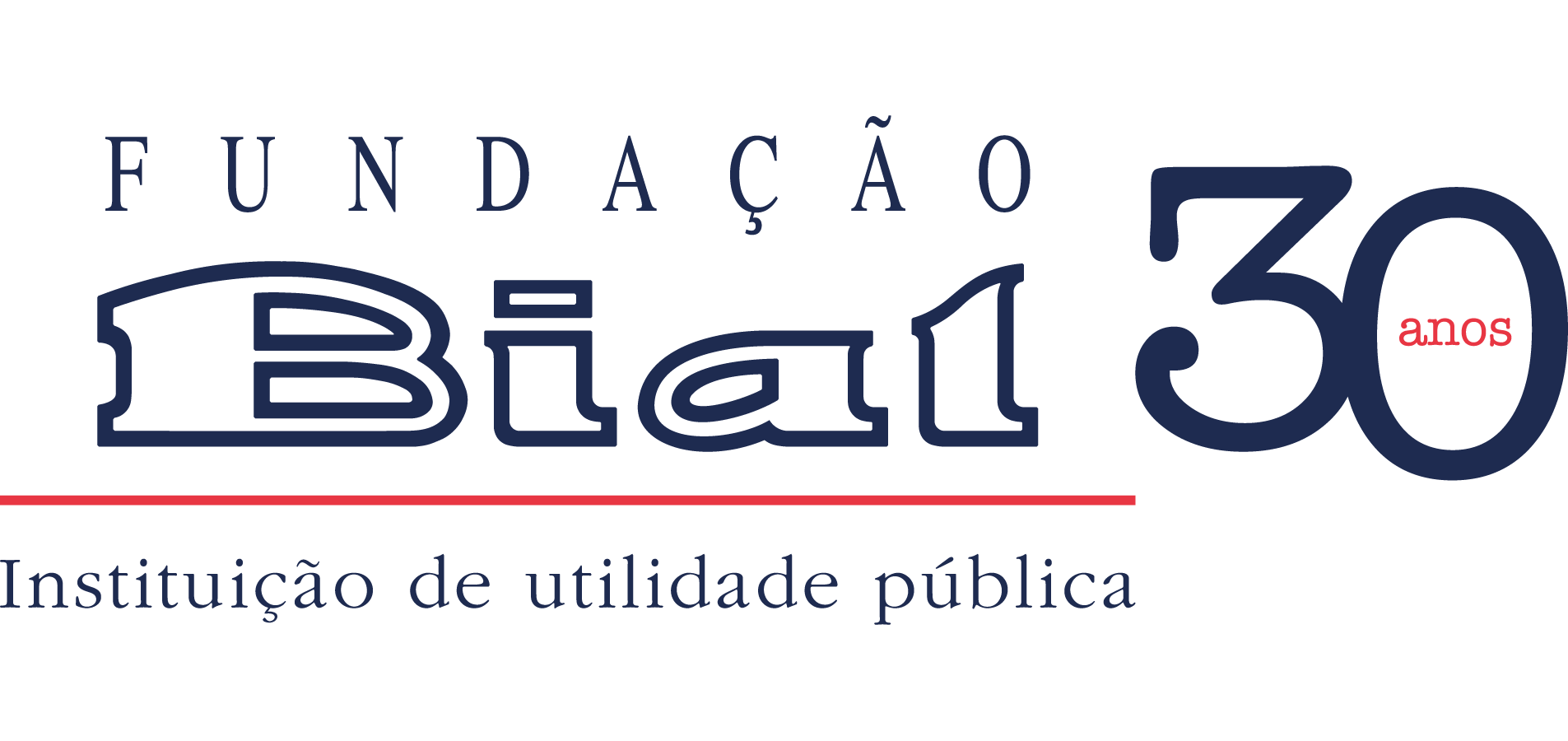Foi publicado o artigo Monitoring the relationship between changes in cerebral oxygenation and electroencephalography patterns during cardiopulmonary resuscitation: A feasibility study na revista Critical Care Medicine, no âmbito do projeto de investigação 142/08 - Multi-centre study into the relationship of memories, consciousness and near death experiences during Cardiac Arrest, financiado pela Fundação BIAL.
Objectives: To date, no studies have examined real-time electroencephalography and cerebral oximetry monitoring during cardiopulmonary resuscitation as markers of the magnitude of global ischemia. We therefore sought to assess the feasibility of combining cerebral oximetry and electroencephalography in patients undergoing cardiopulmonary resuscitation and further to evaluate the electroencephalography patterns during cardiopulmonary resuscitation and their relationship with cerebral oxygenation as measured by cerebral oximetry.
Design: Extended case series of in-hospital and out-of-hospital cardiac arrest subjects.
Setting: Tertiary Medical Center.
Patients: Inclusion criteria: Convenience sample of 16 patients undergoing cardiopulmonary resuscitation during working hours between March 2014 and March 2015, greater than or equal to 18 years. A portable electroencephalography (Legacy; SedLine, Masimo, Irvine, CA) and cerebral oximetry (Equanox 7600; Nonin Medical, Plymouth, MN) system was used to measure cerebral resuscitation quality.
Interventions: Real-time regional cerebral oxygen saturation and electroencephalography readings were observed during cardiopulmonary resuscitation. The regional cerebral oxygen saturation values and electroencephalography patterns were not used to manage patients by clinical staff.
Measurements and Main Results: In total, 428 electroencephalography images from 16 subjects were gathered; 40.7% (n = 174/428) were artifactual, therefore 59.3% (n = 254/428) were interpretable. All 16 subjects had interpretable images. Interpretable versus noninterpretable images were not related to a function of time or duration of cardiopulmonary resuscitation but to artifacts that were introduced to the raw data such as diaphoresis, muscle movement, or electrical interference. Interpretable data were able to be obtained immediately after application of the electrode strip. Seven distinct electroencephalography patterns were identified. Voltage suppression was commonest and seen during 78% of overall cardiopulmonary resuscitation time and in 15 of 16 subjects at some point during their cardiopulmonary resuscitation. Other observed patterns and their relative prevalence in relation to overall cardiopulmonary resuscitation time were theta background activity 8%, delta background activity 5%, bi frontotemporal periodic discharge 4%, burst suppression 2%, spike and wave 2%, and rhythmic delta activity 1%. Eight of 16 subjects had greater than one interpretable pattern. At regional cerebral oxygen saturation levels less than or equal to 19%, the observed electroencephalography pattern was exclusively voltage suppression. Delta background activity was only observed at regional cerebral oxygen saturation levels greater than 40%. The remaining patterns were observed throughout regional cerebral oxygen saturation categories above a threshold of 20%.
Conclusions: Real-time monitoring of cerebral oxygenation and function during cardiac arrest resuscitation is feasible. Although voltage suppression is the commonest electroencephalography pattern, other distinct patterns exist that may correlate with the quality of cerebral resuscitation and oxygen delivery.





























































































